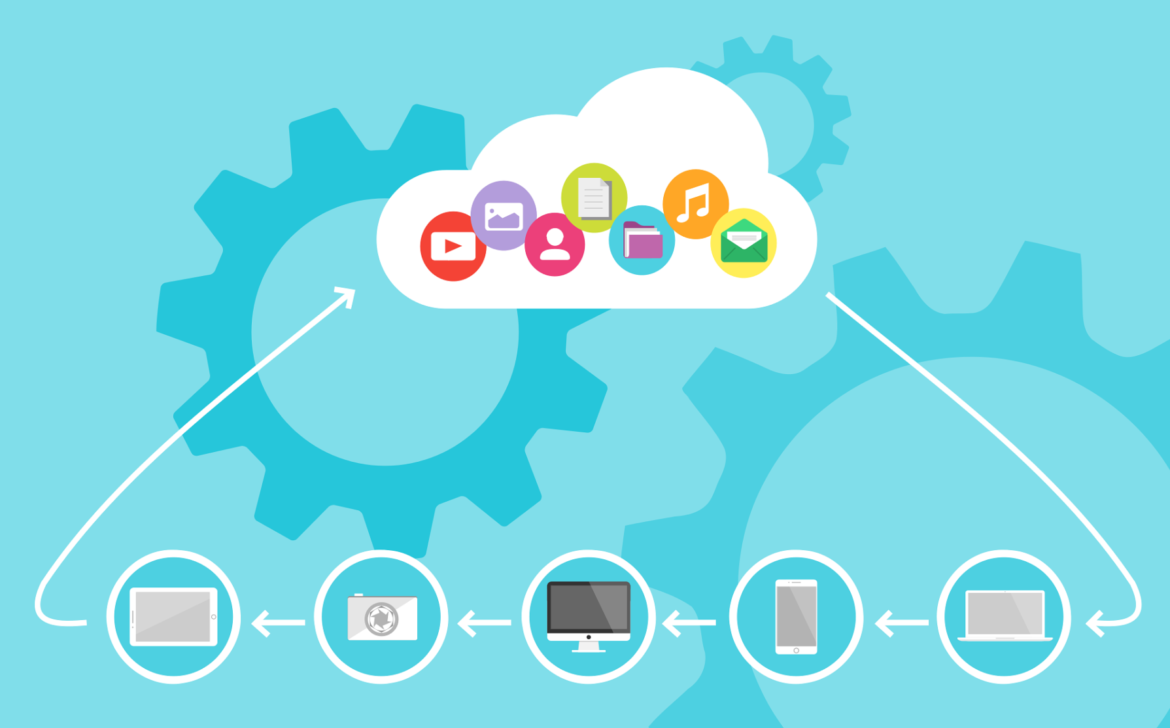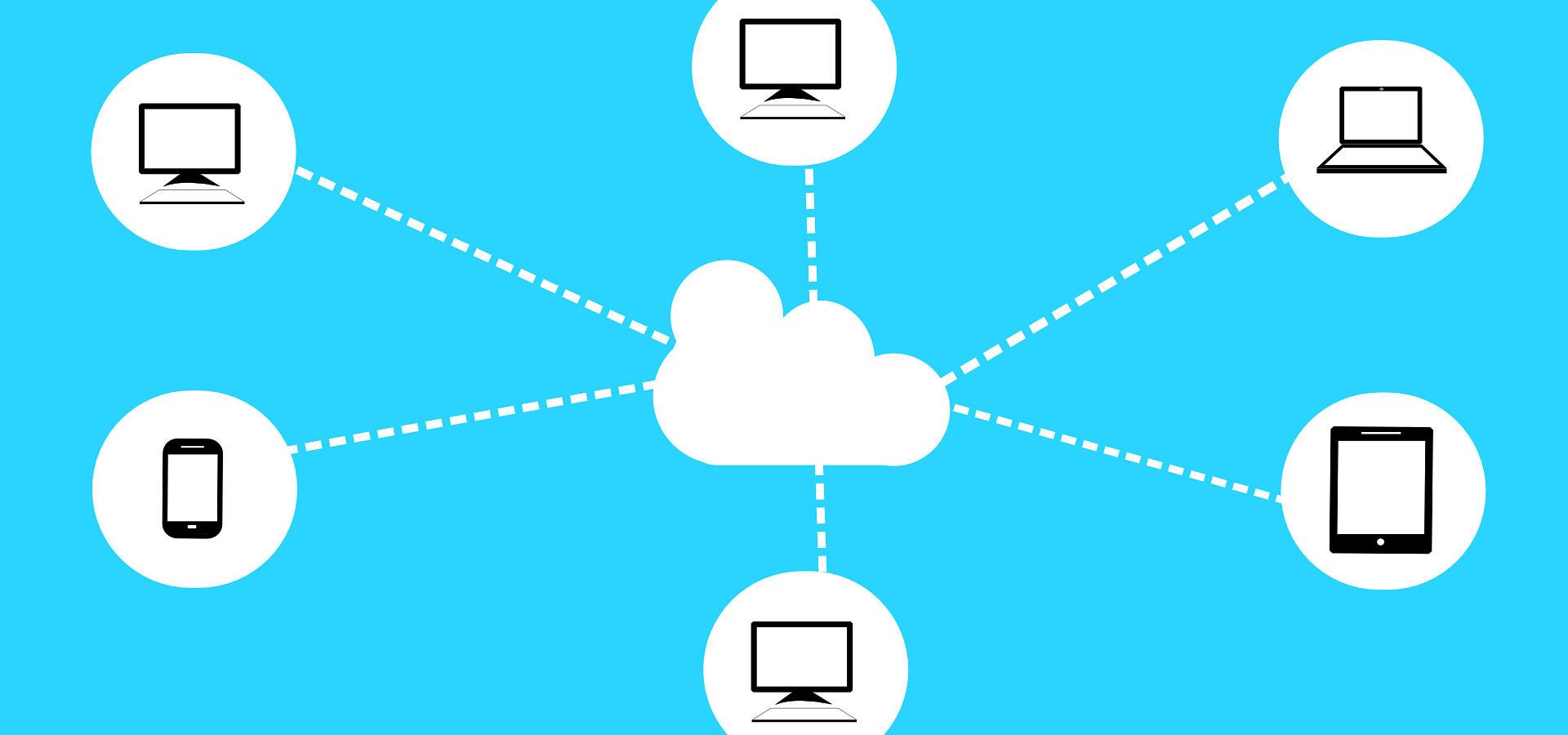Technical Interview Preparation: Unlocking Success through Preparation and Confidence
Technical interviews are an integral part of the hiring process for many technical roles. Whether you aspire to be a software developer, data scientist, or engineer, preparing for a technical interview is crucial to showcase your skills, problem-solving abilities, and technical knowledge. This essay aims to provide insights into effective strategies and practices for preparing for a technical interview. Understanding the Job and Requirements: Refreshing Core Technical Concepts: Coding Challenges and Algorithmic Problem Solving: System Design: Researching the Company and Industry: Mock Interviews and Communication Skills: Leveraging Past Experiences: Staying Updated and Remaining Calm: Conclusion:
To kickstart your preparation, carefully analyze the job description and requirements provided by the prospective employer. Identify the key technical skills, programming languages, frameworks, or tools that are essential for the role. By understanding the specific expectations, you can tailor your preparation to focus on these areas and demonstrate your suitability for the position.
Technical interviews often test your understanding of core computer science concepts. Take the time to review fundamental topics such as data structures, algorithms, object-oriented programming, databases, networking, and operating systems. Solidify your knowledge by revisiting textbooks, online courses, or educational resources. Practice implementing these concepts in code to ensure a strong foundation.
One of the most critical aspects of technical interview preparation is honing your problem-solving skills. Platforms like LeetCode, HackerRank, and CodeSignal offer a plethora of coding challenges that simulate real-world scenarios. Engage in regular practice sessions to solve algorithmic problems efficiently and optimize your code. Strive to comprehend the time and space complexity of your solutions, as interviewers often value efficiency and scalability.
For more senior or specialized technical roles, understanding system design principles is vital. Familiarize yourself with scalable and distributed system design concepts. Study topics such as load balancing, caching, fault tolerance, and data storage. Additionally, learn how to translate business requirements into architectural designs. Practice designing and discussing system architectures to effectively communicate your solutions during the interview.
Demonstrate your genuine interest in the company by thoroughly researching its products, services, and technology stack. Stay up-to-date with recent news and developments within the industry. Being knowledgeable about the company’s mission, values, and projects will allow you to align your answers during the interview and showcase your enthusiasm and dedication.
Simulating real interview conditions through mock interviews is an excellent way to refine your performance. Seek study partners, participate in coding bootcamps, or leverage online platforms that provide interview practice opportunities. Practice explaining your thought process, articulating your solutions, and writing clean and understandable code. Additionally, focus on improving your communication skills to effectively convey complex technical concepts with clarity and confidence.
Reflect on your past projects, internships, or work experiences to extract valuable lessons and accomplishments. Consider challenges you faced, the solutions you implemented, and the skills you acquired. Use these experiences as compelling stories during the interview to demonstrate your problem-solving abilities, adaptability, and growth mindset. Interviewers often value candidates who can relate their experiences to real-world scenarios.
The field of technology is ever-evolving, and staying updated with the latest trends and advancements is essential. Engage in continuous learning by reading technical blogs, attending webinars, or participating in relevant online communities. Familiarize yourself with emerging technologies and their potential impact. Furthermore, prioritize your mental well-being and develop techniques to manage interview stress. Stay calm, confident, and maintain a positive mindset throughout the interview process.
Preparing for a technical interview requires a multi-faceted approach encompassing technical knowledge, problem-solving skills, and effective communication. By understanding the job requirements, refreshing core technical concepts, practicing coding challenges, studying system design principles, researching the company and industry, engaging in mock interviews, leveraging past experiences, staying updated, and remaining calm and confident, you can significantly enhance your chances of success. Remember, preparation is the key to unlocking your true potential during a technical interview. Good luck on your journey!






















